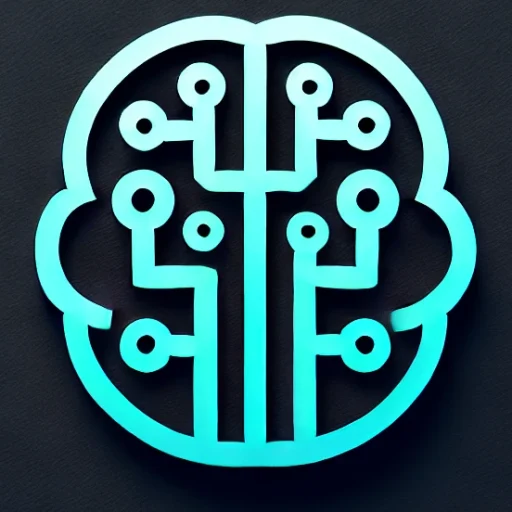
Introduction
In the ever-evolving world of artificial intelligence, few topics are making waves as profoundly as Generative AI. With breakthroughs in machine learning models like GPT-3 and DALL-E from OpenAI, and Midjourney, generative AI is reshaping both creative industries and technical fields. From crafting hyper-realistic art to automating complex industrial designs, this revolutionary technology is setting new standards for innovation and capability.
Key Insights & Latest Advancements
Generative AI refers to algorithms that can produce new content, be it text, images, audio, or even video, that mimics human creativity. OpenAI’s GPT-3, a language model with 175 billion parameters, epitomizes the pinnacle of this technology, capable of writing articles, essays, and even poetry that are indistinguishable from human work. Meanwhile, DALL-E pushes the boundaries of creativity and coherence by generating images from textual descriptions, enabling unprecedented visual creativity.
The recent release of GPT-4 hints at even greater potential, with improvements in understanding context, creating more cohesive narratives, and handling complex tasks across diverse fields. Additionally, AI-generated content models are being refined to ensure ethical use and minimize biases, addressing concerns that have arisen with previous versions.
Real-World Applications
The implications for industries are immense. In entertainment and media, generative AI is used to create scripts, design interactive experiences, and develop content that captivates audiences worldwide. Marketing sectors leverage these AI tools for personalized content creation, maximizing engagement while minimizing manual effort.
In the industrial sphere, generative AI aids in designing intricate components in manufacturing, optimizing design processes, and even innovating new materials through simulations that explore numerous possibilities quickly and effectively. The fashion industry also sees increasing use of AI to predict trends and design original pieces that blend consumer data with cutting-edge creativity.
Challenges & Future Outlook
Despite its transformative potential, generative AI presents several challenges. Ethical concerns regarding content authenticity, misuse for generating deepfakes, and intellectual property rights are the forefront issues demanding robust solutions and regulatory frameworks. Moreover, the energy consumption required to train these massive models raises sustainability questions that the industry must address.
Looking ahead, we anticipate more refined algorithms that not only enhance creativity but operate more sustainably and ethically. Improvements in AI comprehension, alongside human oversight, will likely lead to an ecosystem where human-AI collaboration is seamless and beneficial across all facets of society.
Conclusion
Generative AI stands as a testament to the power of human ingenuity and machine capability, promising to redefine how we create and interact with technology. As advancements continue, the potential applications become myriad, offering solutions to challenges and opportunities in both creative and industrial domains. For stakeholders, from creatives and engineers to policymakers, understanding and harnessing this technology is crucial for staying ahead in an ever-competitive landscape.
The journey of generative AI is just beginning, and its future holds promise for a more innovative, efficient, and integrated world.

